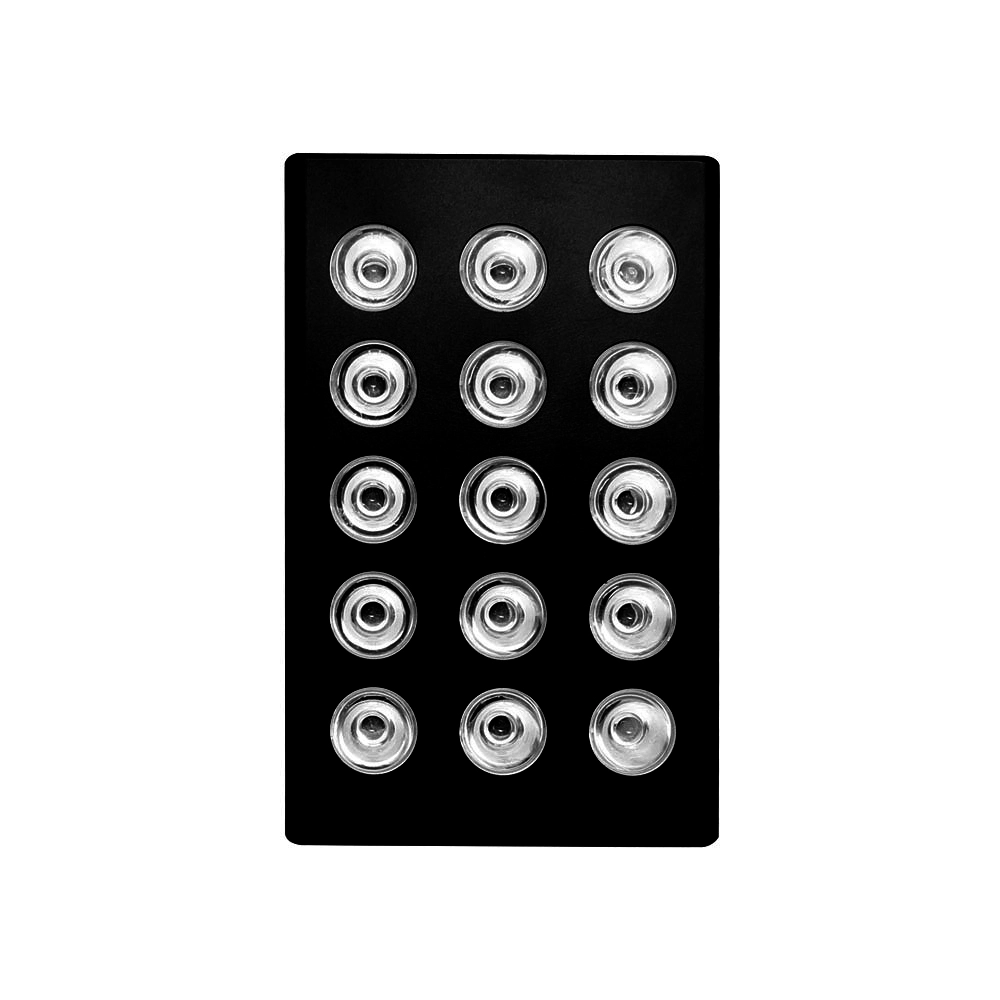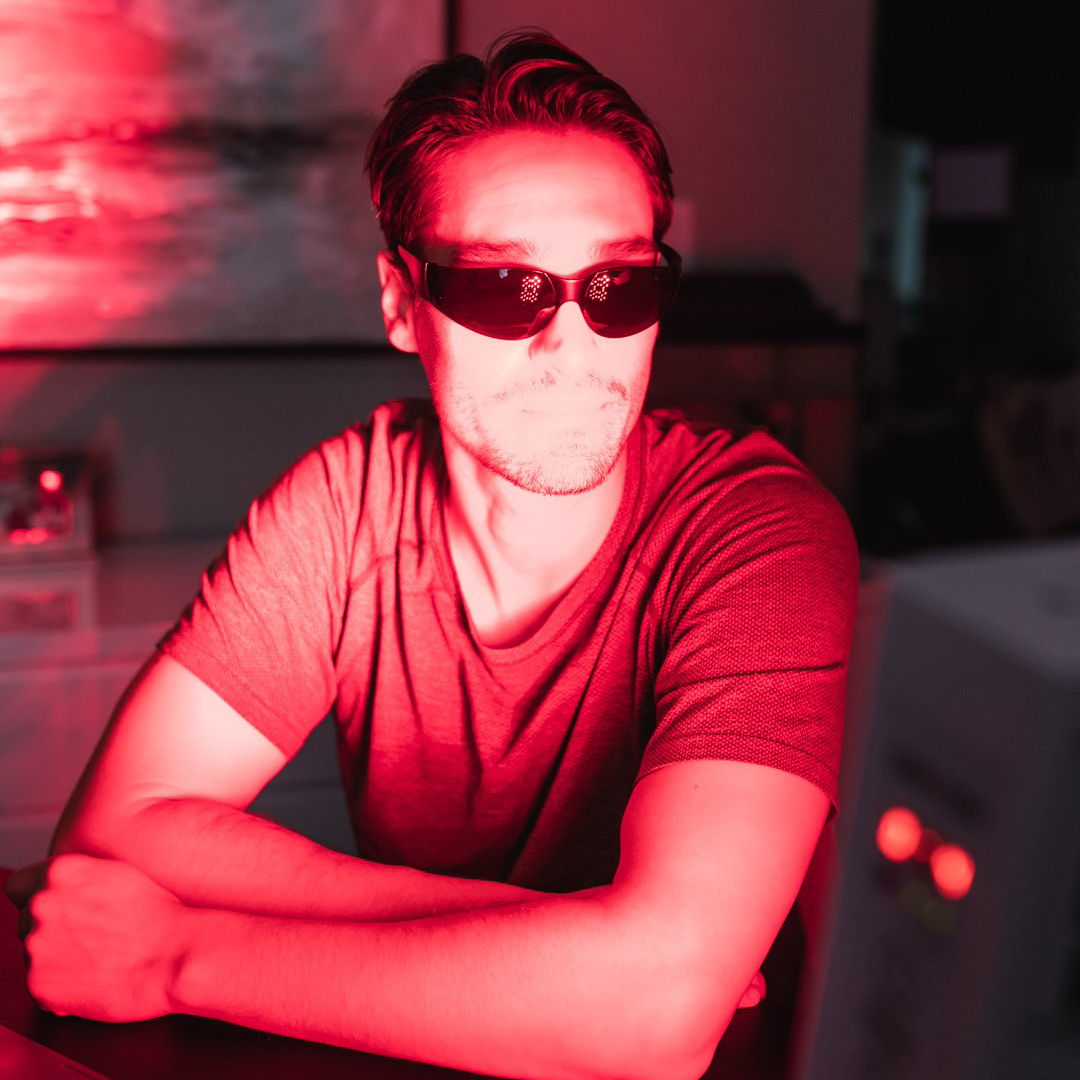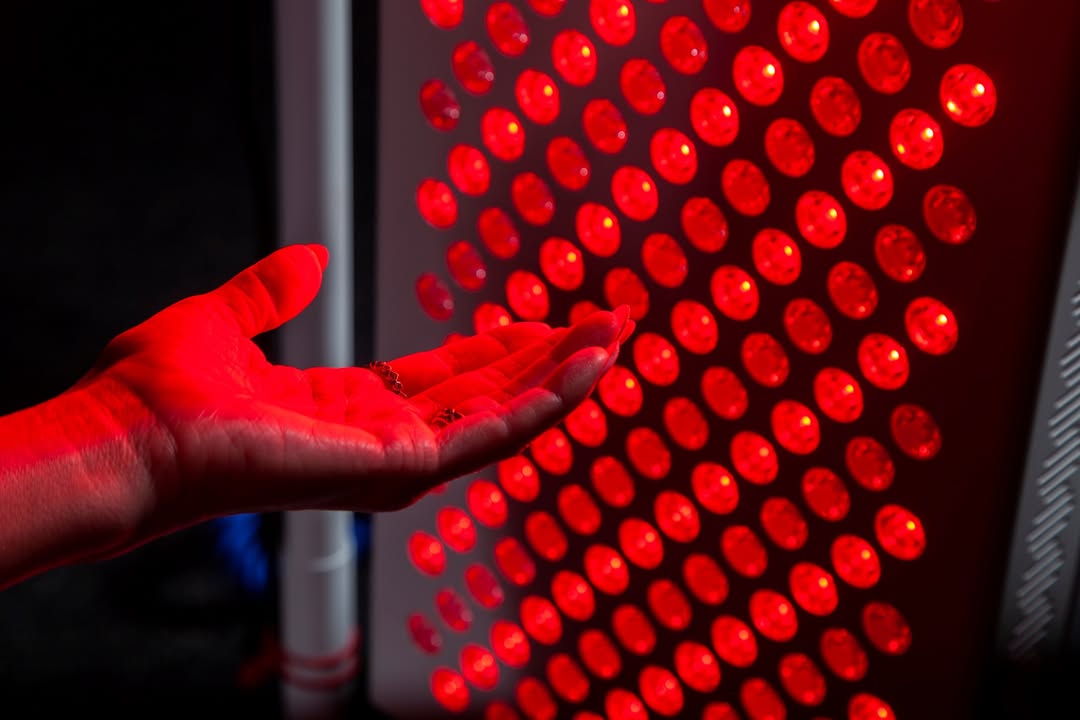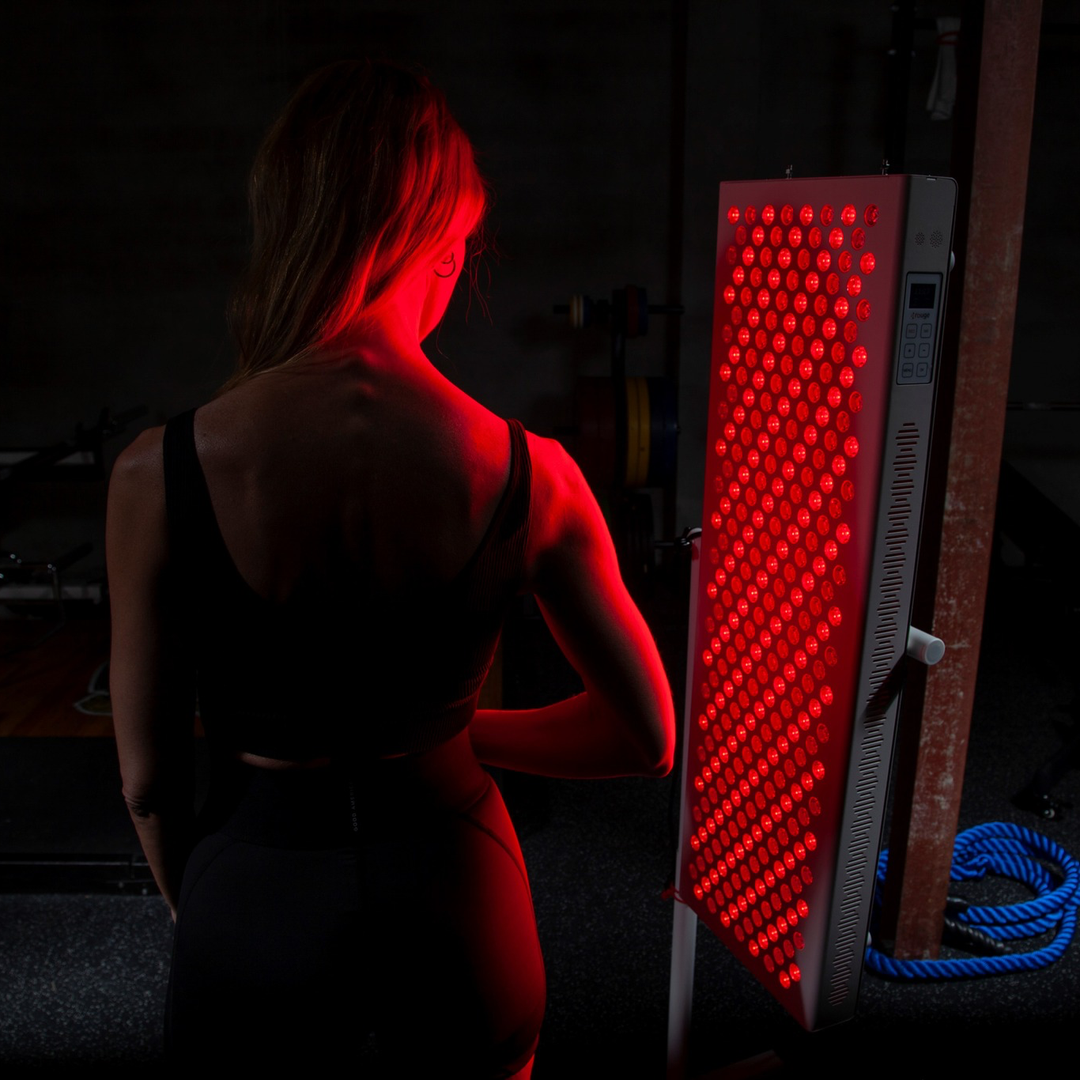![]() Free Shipping
Free Shipping ![]() Buy Now, Pay Later
Buy Now, Pay Later ![]() Eligible
Eligible
The Power of 650 nm LED Light: A Deep Dive into the Red Spectrum

650 nm LED light is a specific, high-purity wavelength of red light that has become a cornerstone technology across diverse fields, from advanced medical therapies to high-yield agriculture. But what makes this particular shade of red so special? This article delves into the science, applications, and benefits of 650 nm light, providing a clear understanding of its unique properties.
What is 650 nm LED Light? Understanding the Wavelength
In the electromagnetic spectrum, 650 nanometers (nm) falls within the range of visible red light. It is a deep, pure red, perceptible to the human eye and sitting just between the longer, invisible infrared waves and the shorter orange-red wavelengths.
To put it simply, wavelength is what determines the color of light. An LED that emits light at 650 nm is engineered to produce photons at that exact energy level, resulting in a consistent and targeted biological and visual effect.
Dr. Elena Simmons, Photobiologist: “The precision of 650 nm LED light is its greatest asset. Unlike broad-spectrum red light, it allows us to target specific cellular photoreceptors, like cytochrome c oxidase in mitochondria, with remarkable efficiency. This is the foundation of its therapeutic and growth-stimulating properties.”
Key Applications of 650 nm LED Technology
The unique interaction of 650 nm light with organic matter has led to its adoption in several key industries.
1. Photobiomodulation (PBM) and Medical Therapy
Formerly known as Low-Level Light Therapy (LLLT), PBM uses red and near-infrared light to stimulate healing and reduce pain. 650 nm LED light is highly effective at penetrating skin and tissue, where it is absorbed by mitochondria. This absorption boosts cellular energy (ATP) production, leading to a cascade of benefits:
- Enhanced Wound Healing: Accelerates tissue repair and reduces inflammation.
- Skin Health and Anti-Aging: Stimulates collagen and elastin production, reducing the appearance of fine lines and wrinkles.
- Reduced Pain and Inflammation: Helps manage conditions like arthritis and muscle soreness.
2. Horticultural Lighting and Controlled Environment Agriculture
Plants rely on light for photosynthesis, but they don’t use all colors equally. Chlorophyll A and B, the primary photosynthetic pigments, have strong absorption peaks in the red spectrum, particularly around 650 nm.
- Flowering and Fruiting: This wavelength is crucial for triggering photomorphogenic responses, steering plant development towards blooming and fruit production.
- Energy Efficiency: Using targeted 650 nm LEDs, growers can provide plants with the exact light they need most, drastically reducing energy waste compared to full-spectrum lighting.
3. Acne Treatment and Dermatology
While blue light (around 415 nm) is commonly known for killing acne-causing bacteria, 650 nm red light plays a vital supporting role. It penetrates deeper into the skin to reduce inflammation and soothe irritated tissue, promoting faster healing of acne lesions with less redness and scarring.
4. Visual Cues and Indicator Lights
Due to its high visibility and the human eye’s sensitivity to this wavelength, 650 nm LEDs are widely used in consumer electronics, automotive dashboards, and indicator lights where clear, unambiguous signaling is required.
650 nm vs. Other Common Red Wavelengths: A Comparative Table
Not all red LED light is the same. The subtle differences in wavelength can lead to significantly different outcomes. Here’s how 650 nm compares to its close relative, 660 nm.
| Feature | 650 nm LED Light | 660 nm LED Light |
|---|---|---|
| Perceived Color | Bright, vivid red | Slightly deeper, more crimson red |
| Photons & Energy | Higher energy photons | Slightly lower energy photons |
| Plant Absorption | Excellent absorption by chlorophyll for photosynthesis. | Slightly better absorption; often used in combination with 650nm. |
| Skin Penetration | Effective for superficial to medium-depth penetration. | Slightly deeper tissue penetration. |
| Primary Applications | Horticulture (flowering), visual indicators, surface-level skin therapy. | Deep tissue therapy, pain relief, deeper wound healing. |
Note: In practice, many therapeutic and horticultural devices use a blend of 650 nm, 660 nm, and even near-infrared wavelengths (e.g., 850 nm) to create a synergistic effect for comprehensive treatment.

The Benefits and Advantages of Using 650 nm LEDs
Why choose a 650 nm LED system? The advantages are clear:
- Targeted Action: Provides a specific wavelength known to interact with key biological processes.
- Energy Efficiency: LEDs convert a high percentage of electricity into light, not heat, making them cost-effective to run.
- Long Lifespan: High-quality LED chips can last for tens of thousands of hours.
- Cool Operation: Unlike incandescent or halogen bulbs, they emit very little heat, making them safe for close contact with skin and plants.
- Safety: It is a non-invasive, non-ionizing form of light, posing minimal risk when used as directed.
VELLGUS Elite V2
THE #1 RATED RED LIGHT DEVICE
FAQs About 650 nm LED Light
Q: Is 650 nm LED light safe for eyes?
A: While not inherently dangerous, you should never stare directly into any bright LED light source. Most therapeutic devices are designed with built-in safety features, such as goggles for eye protection during treatment.
Q: Can I use a 650 nm LED at home for skin care?
A: Yes, there are many FDA-cleared and consumer-grade devices available for home use. It is crucial to follow the manufacturer’s instructions regarding treatment time and frequency.
Q: How is 650 nm light different from infrared?
A: 650 nm is visible red light. Infrared light (starting around 700 nm) is invisible to the human eye and penetrates tissue more deeply, making it better suited for treating deep muscle and joint pain.
Conclusion: A Versatile Tool with Precision Power
The 650 nm LED light is far more than just a simple red bulb. It is a precision tool whose specific wavelength unlocks profound interactions with biological systems. From healing our bodies and rejuvenating our skin to fueling the growth of our food, this specific shade of red has cemented its role as a vital technology in our modern world. As research continues, the potential applications for this versatile wavelength are sure to expand even further.








